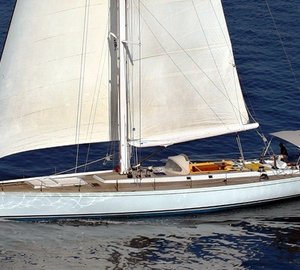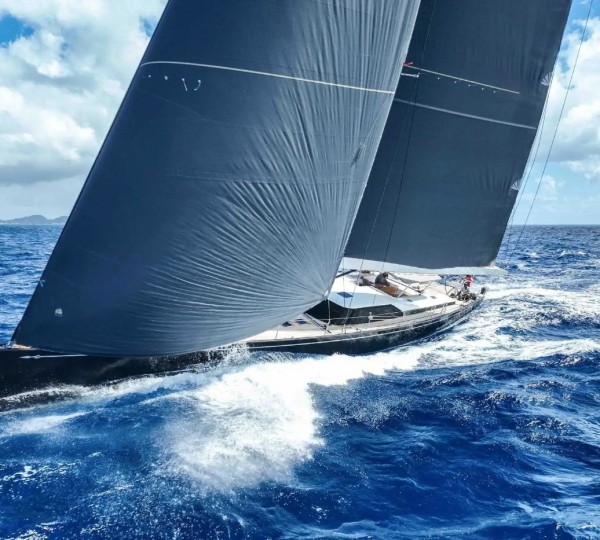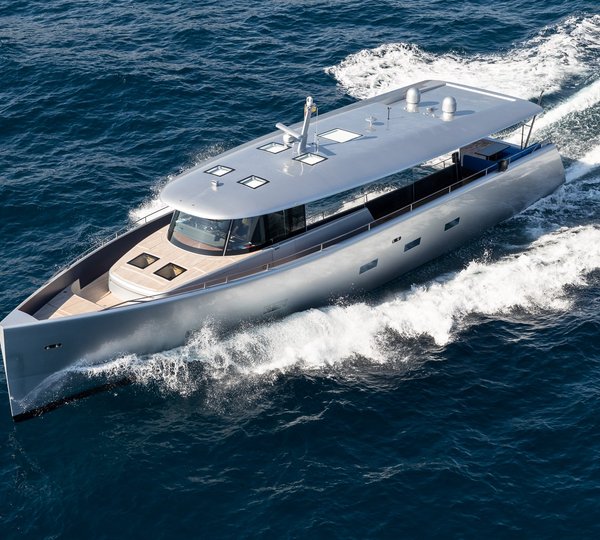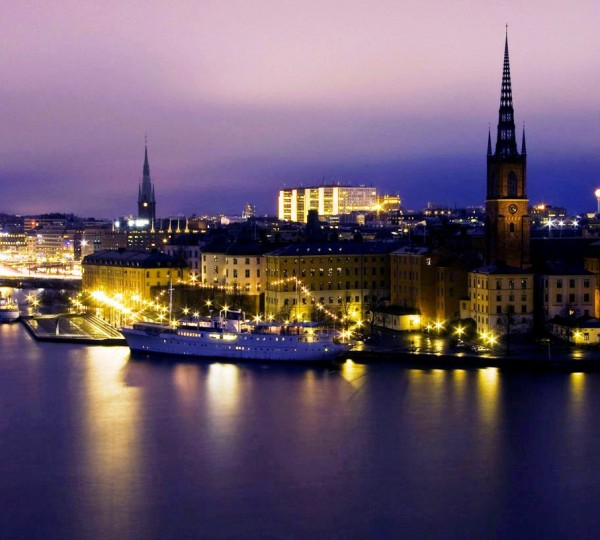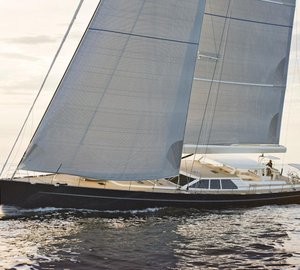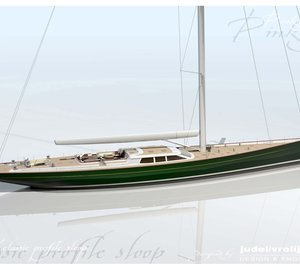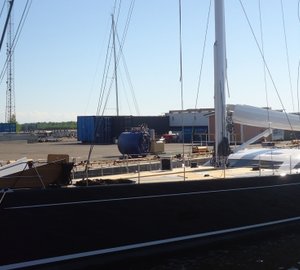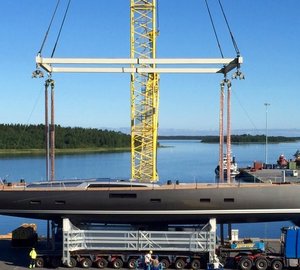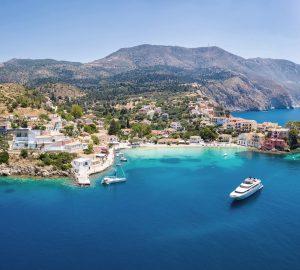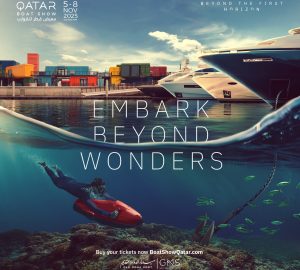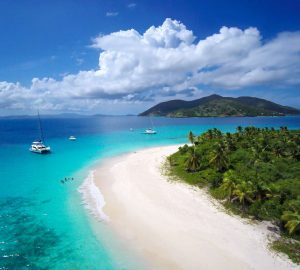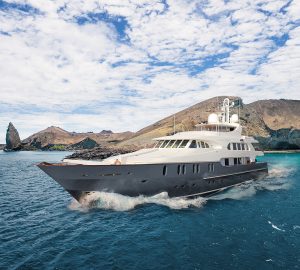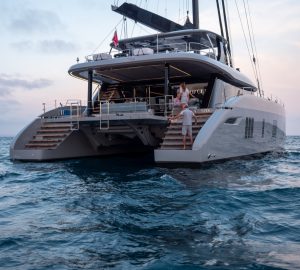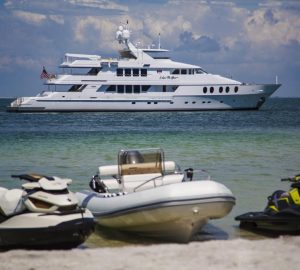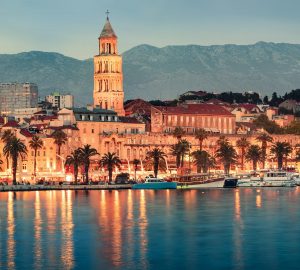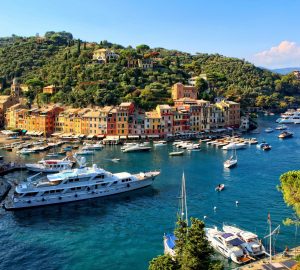CO2 emissions was the main topic of discussion at the inaugural meeting of Germanischer Lloyd’s (GL) Baltic Committee. More than 20 shipowners, yards and maritime supply industry from 10 countries around the Baltic Sea attended the conference in Copenhagen last Friday. The meeting joined the Scandinavian and Polish Committee and included several shipowners and yards from further countries around the Baltic Sea.
New Chairman of the GL Baltic Committee is Terje Orehagen, President Norgas Carriers Oslo. Torsten Schramm, GL’s COO and Executive Vice President Region Europe / Middle East / Africa, thanked the two outgoing chairmen of the Scandinavian and Polish Committees, Mr Hans Langh, Langh Ship AB Finland and Bogdan Szreder, retired Technical Director of Euroafrica Shipping Lines Szczecin Poland for their commitment to maritime safety. “They have done an excellent job in conducting a thoughtful discussion throughout the previous committee meetings.”
“Our decision to expand our sessions for clients around the Baltic sea is driven by the fact that shipping has steadily been increased despite the current consolidation. The Baltic Sea in particular has some of the busiest shipping routes in the world”, said Torsten Schramm in his welcome address. “Around 2,000 ships are normally at sea at any time on the Baltic Sea. Cargo and container traffic is expected to triple and oil transportation is estimated to increase by 40% by 2017.”
Uwe Bullwinkel, Area Manager Germany & Scandinavia, highlighted the development within the core business ship classification and pointed to the new division “Maritime Solutions”. Maritime Solutions offers consulting, training, software solutions and certification. The introduction reflects the growing demand for technical consulting services. Further tightening of exhaust emission limits has clearly added to the demand for consulting by shipping companies and shipyards. Mr Bullwinkel reinforced the notion of ship efficiency. Therefore, the consulting branch concentrates on energy efficiency and the hydrodynamic design of ships. It offers advice to shipping companies and shipyards with respect to design and operational questions.
The committee meeting also addressed aspects related to LNG as an alternative ship fuel. Ralf Plump, Head of Environmental Research Department, presented a study conducted by GL that shows that a gaspowered vessel would not only produce fewer emissions but also reduce the operating costs. Under certain conditions, a 1,500-TEU container feeder with a power output of 8,750 kW travelling at 16 knots could actually be more economical than an equivalent conventional freighter. The GL experts’ calculations accounted for the following parameters: a low-sulphur fuel price that is higher than conventional fuel, a CO2 fee, the loss of income caused by installing gas tanks at the expense of approximately 50 container slots, and the investment costs for the gas tanks.
The surprising result of the calculations was that after 15 years of operation the cumulative costs of a gas-powered propulsion system would be about one million US dollars lower than those of a conventional propulsion system. The general rule is that the higher the difference between conventional fuel and low-sulphur fuel (e.g. marine gas oil) the higher the cost savings when using LNG. GL is currently participating in a joint pilot project to work out the operational and technical details of this model.
A new extended dry-docking (EDD) option for container vessel, general cargo ships and multi-purpose dry cargo vessels was presented by Boris Bondarenko, Area Manager Northeast Europe. GL offers owners and operators the chance to extend the dry-docking period from five to seven-and-a-half-years. This option provides maximum scheduling flexibility while maintaining the highest standards of quality and safety. Owners who previously would have had to look for an available dry-docking facility each five years can now have their ship inspected at dock-side. The new scheme reflects advancements in coating technology, such as self-polishing coatings, which have a longer life and reduce organism growth on hulls. To assure the highest levels of quality and safety, only ships meeting GL’s entry requirements are allowed into the programme.

